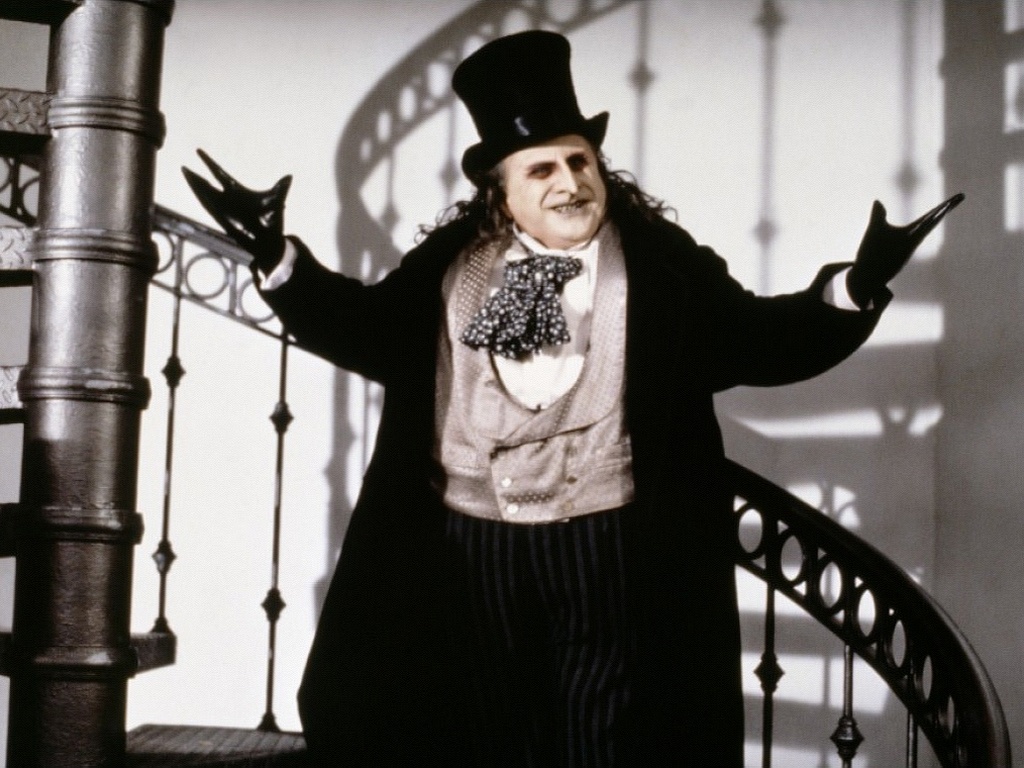

This concept of Bruce and Oswald being funhouse mirror reflections of one another is already baked into the comic book depictions.
THE PENGUIN BATMAN SERIES
Perhaps a page could also be taken out of Telltale Games’ fantastic Batman: The Telltale Series, or animated series The Batman, in which Cobblepot is a foil to Bruce Wayne, the answer to the question of, What if Bruce Wayne had let his parents’ demise and wealth turn him to a life of corruption and opulence? Reeves and Farrell have a chance to take a more serious approach. But that take on the character hinged (often wonderfully) on camp.

It should be noted that Cobblepot facilitating the shift from the mob to the freaks in Gotham was similarly explored in Fox’s Gotham over the course of five seasons. Masked vigilantes and villains are just starting to emerge in the wake of Batman’s presence. Mobsters like Carmine Falcone (John Turturro) still hold the city in their grips. The Gotham that Reeves will usher us into is one on the precipice of great change. Reeves seems keenly interested in exploring the growth of Gotham City over time, rather than creating one-and-done villains who are fully formed in their first appearances and then tossed off by the film’s end. The same goes for Catwoman and the Riddler. Rumor has it that when we meet Cobblepot in the film, he’ll be early in his career, just as Batman is, and that the film series will see him move closer to his more iconic moniker with each installment. It’s this avenue that would be fascinating to explore in Reeve’s The Batman franchise and its Penguin spin-off series. Penguin facilitated that shift, becoming Gotham’s last surviving mobster, but one who is (mostly) comfortable working with the likes of Arkham’s most notorious inmates. As explored in Batman: The Long Halloween (1996), Jeph Loeb and Tim Sale’s sequel to Batman: Year One, Oswald Cobblepot is the bridge between the gangsters of Old Gotham City and freaks of the New Gotham: Scarecrow, Joker, Two-Face. This depiction, alongside with Batman: The Animated Series, which took a similar, though slightly more palatable, design choice, not only brought Penguin back to prominence in the comics but gave him a new role.


 0 kommentar(er)
0 kommentar(er)
